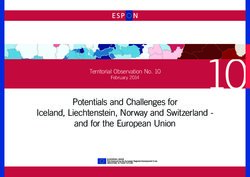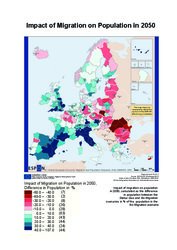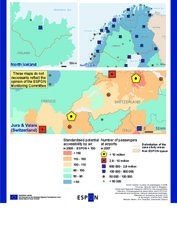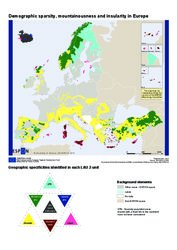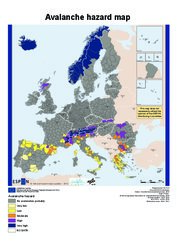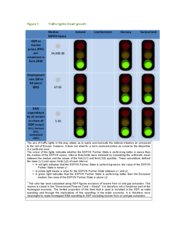Potentials and Challenges for Iceland, Liechtenstein, Norway and Switzerland - and for the European Union
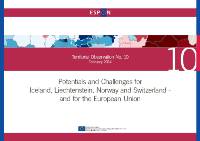 February 2014 - Drawing on the results of a wide range of ESPON applied research projects, this report highlights the territorial development themes, challenges and opportunities that need to be addressed jointly by the Partner States and the EU Member States while, in addition, identifying the complementarities between each of these four states and the EU.
February 2014 - Drawing on the results of a wide range of ESPON applied research projects, this report highlights the territorial development themes, challenges and opportunities that need to be addressed jointly by the Partner States and the EU Member States while, in addition, identifying the complementarities between each of these four states and the EU.
ESPON Territorial Observation No. 10 on Potentials and Challenges for Iceland, Liechtenstein, Norway and Switzerland - and for the European Union is available below.
More information
Summary of key findings
Contact the ESPON Coordination Unit at info@espon.eu
ESPON Territorial Observation No. 10
Potentials and Challenges for
Iceland, Liechtenstein, Norway and Switzerland
- and for the European Union
Policy relevant key findings
Territorial benchmarking is nourishing the understanding of Iceland, Liechtenstein, Norway and Switzerland in Europe. Key characteristics for policy makers to take into account as starting point for policy reflection and further cooperation between Partner States and EU Member States can be listed as follows:
- The Partner States perform better in relation to the smart growth objective than most EU Member States.
- In terms of sustainable growth, Partner States generate considerable amounts of hydroelectric power, three countries (Liechtenstein, Norway and Switzerland) have lower green-house gas emissions per GDP unit than any EU Member State, and two (Iceland and Norway) have a high share of renewable energy.
- Concerning inclusive growth, Partner States have a wealth of highly educated people who can contribute directly to the shift to a knowledge-based economy. In addition, there are less people at risk of poverty in the Partner States than in most other European countries.
- Partner States display in general high population growth but have very different population densities. Two countries (Switzerland and Liechtenstein) show positive population development due to in-migration.
- Transport systems are generally well developed. Switzerland and Liechtenstein have a particularly high motorway density, which results in a high level of road accessibility.
- Switzerland has a particular position concerning rail transport as many transit routes cross the country and there are good links to many major European cities. In Norway the main railway hub is Oslo.
- While important global and European air traffic gateways concentrate in the core of Europe, Zurich, Oslo and Reykjavik show good prospects as hubs in the air transport network.
- Iceland and Norway are important sea gateways to the Arctic, while the challenge for Switzerland and Liechtenstein is to minimise travel costs to nearest sea ports.
- Concerning the role of cities, Zurich and Oslo have important roles to play in business networks.
- Switzerland and Liechtenstein are strong players in knowledge networking in the core of Europe, while Reykjavik, Akureyri, Oslo, Trondheim and Bergen form university hubs in the north.
- The Alps play an important role as tourist attraction for international and European tourism, while Norway and Iceland are appealing for nature tourism in high numbers in relation to the local population.
- Sparsely populated regions in Norway and Iceland are the type of regions mostly challenged by out-migration.
- Mountain areas in Partner States are in general impacted by and economically vulnerable to climate change.
- In spite of problems with public service provision, islands dispose of potential in the form of unspoiled landscapes and rich ecosystems.
- Islands and coastal areas of Norway and Iceland are exposed to sea level rise, storms and flooding and the North Sea is a hotspot for wind energy.
- In terms of cooperation culture Partner States are active in Interreg programmes, and particularly Norway is cooperating actively in many programmes.
- The regions of Partner States participate only at an average level of intensity in Interreg programmes, compared with regions of EU Member States.
- In particular cross-border cooperation is hampered by differences in administration and legal systems, whereas transport and fare pricing policies seem to stimulate cooperation across borders.
